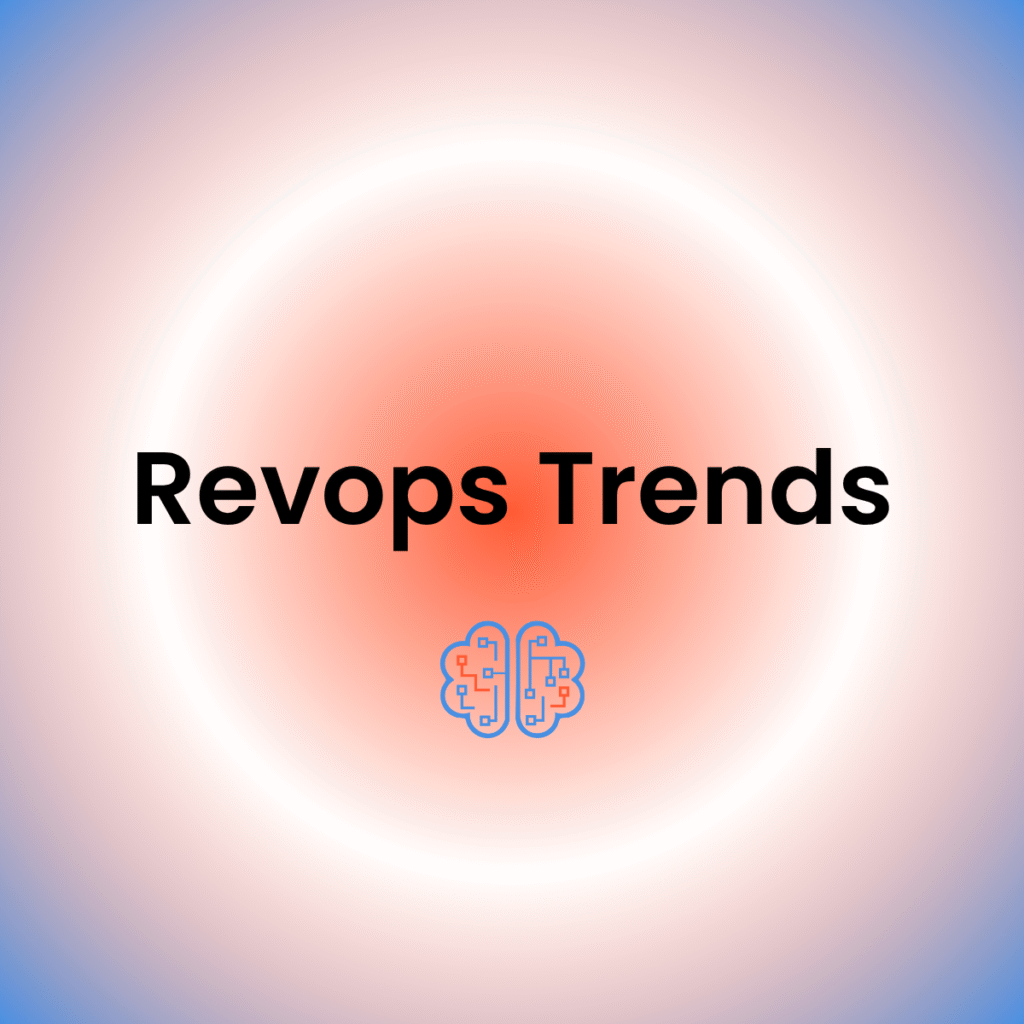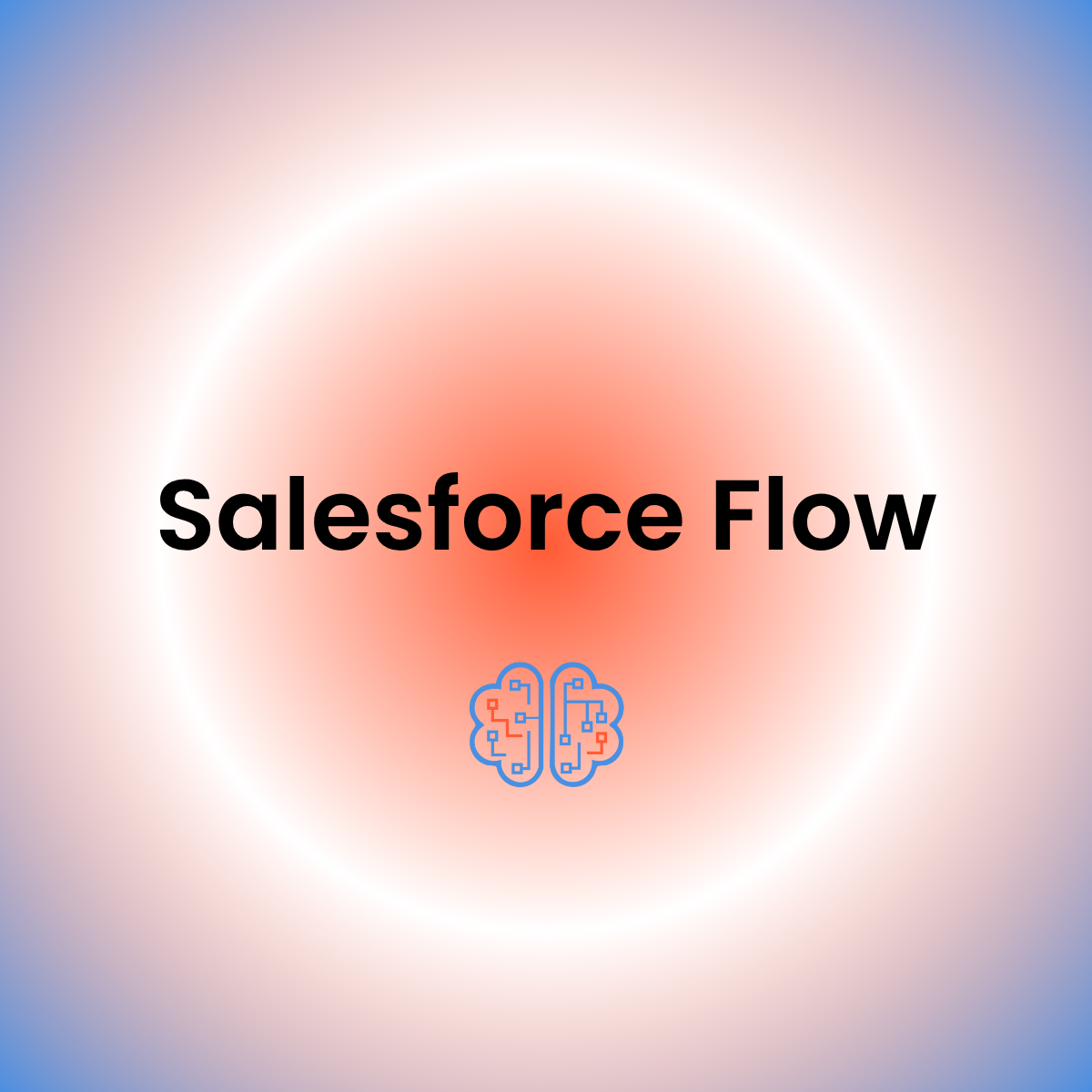Top 7 RevOps Trends for 2025 You Can’t Ignore
Discover the biggest Revenue Operations trends shaping 2025 — from AI automation to CRM consolidation. Learn how B2B teams can stay ahead and scale smarter with RevOps.
As B2B companies continue to navigate uncertain markets and tighter budgets, Revenue Operations (RevOps) is emerging as a critical growth engine. From aligning GTM teams to driving CRM strategy and automation — RevOps is no longer a “nice to have.” It’s how fast-growing companies stay lean, agile, and scalable.
In this post, we’ll cover the 7 biggest RevOps trends shaping 2025 and how your company can stay competitive by adopting them early — whether you’re using HubSpot, Salesforce, or a lean tech stack.
Why RevOps Trends Matter in 2025
The days of disconnected sales, marketing, and CS teams are over. In 2025, RevOps is becoming the default operating system for scalable, data-driven growth.
Whether you’re a SaaS startup or a tech-enabled agency, staying current on trends like AI-powered automation, CRM consolidation, and real-time attribution gives you a serious edge.
Let’s dive into what’s next.
1. AI-Powered RevOps Automation
What’s happening:
AI is no longer a buzzword — it’s driving real outcomes across RevOps functions. From auto-enriching CRM data to generating email sequences and surfacing pipeline risks, AI is becoming your RevOps co-pilot.
What you can do:
- Use tools like Clay, Apollo, or HubSpot AI to automate enrichment and outreach.
- Leverage AI-generated reporting summaries for weekly pipeline reviews.
- Set up smart routing rules based on lead behavior or ICP score.
2. CRM Consolidation Becomes a Must
What’s happening:
Teams are consolidating multiple tools into unified CRMs (like HubSpot or Salesforce) to cut costs and reduce data silos. A streamlined CRM improves reporting, automation, and cross-team visibility.
What you can do:
- Audit your CRM ecosystem and eliminate duplicate tools.
- Centralize sales, marketing, and CS data into one platform.
- Define standard lifecycle stages and lead scoring models.
3. Revenue Attribution Gets Real-Time
What’s happening:
With growing demand for marketing accountability, companies are investing in multi-touch attribution tools and real-time dashboards to understand what’s actually driving pipeline.
What you can do:
- Implement attribution models in HubSpot or with platforms like Dreamdata.
- Set up dashboards tracking first-touch, last-touch, and deal source performance.
- Align marketing and sales around shared pipeline metrics.
4. Lifecycle Management Goes Beyond the Funnel
What’s happening:
RevOps is expanding from lead-to-close to lead-to-renewal. Customer success metrics like onboarding velocity, expansion potential, and NRR are now part of core RevOps strategies.
What you can do:
- Define post-sale lifecycle stages (Onboarded, At Risk, Expansion Candidate).
- Create CS playbooks in your CRM with auto-triggered tasks.
- Add NRR and churn dashboards to your revenue reports.
5. Sequences and Outreach Are Getting Smarter
What’s happening:
Static email sequences are being replaced by adaptive ones — tailored by AI, personalized by ICP signals, and sequenced based on behavior triggers (e.g., page visits, CTA clicks).
What you can do:
- Use HubSpot Sequences or Apollo to launch behavior-based outreach.
- Build conditional paths in workflows based on email engagement.
- A/B test messages by industry or persona.
6. Reporting Moves from Lagging to Leading Indicators
What’s happening:
RevOps is shifting focus from lagging results (e.g., closed revenue) to leading indicators like velocity, conversion rates, and activity scores to predict performance.
What you can do:
- Track SQL-to-close conversion rate by rep and deal size.
- Use velocity dashboards to identify friction by pipeline stage.
- Monitor activity-based health scores for at-risk deals.
7. Privacy-First Data Enrichment
What’s happening:
With growing scrutiny on data compliance (GDPR, CCPA), RevOps teams are rethinking how they enrich leads and track web behavior while staying privacy-first.
What you can do:
- Use opt-in data enrichment tools like Clearbit or Clay with clear disclaimers.
- Update cookie consent policies and attribution tracking methods.
- Track anonymous behavior in HubSpot via cookied domains (with consent).
Final Thoughts: Staying Ahead in 2025
RevOps isn’t a trend – it’s the operating system for growth-focused B2B companies. But like any system, it’s evolving fast.
Whether you’re investing in CRM automation, exploring AI-powered sales workflows, or leveling up your customer success operations, staying ahead of these trends will keep your revenue engine lean, aligned, and scalable.
Want help applying these trends to your GTM engine?
Book a free strategy call with our RevOps experts — we’ll help you prioritize the right trends for your team, tools, and revenue goals.




